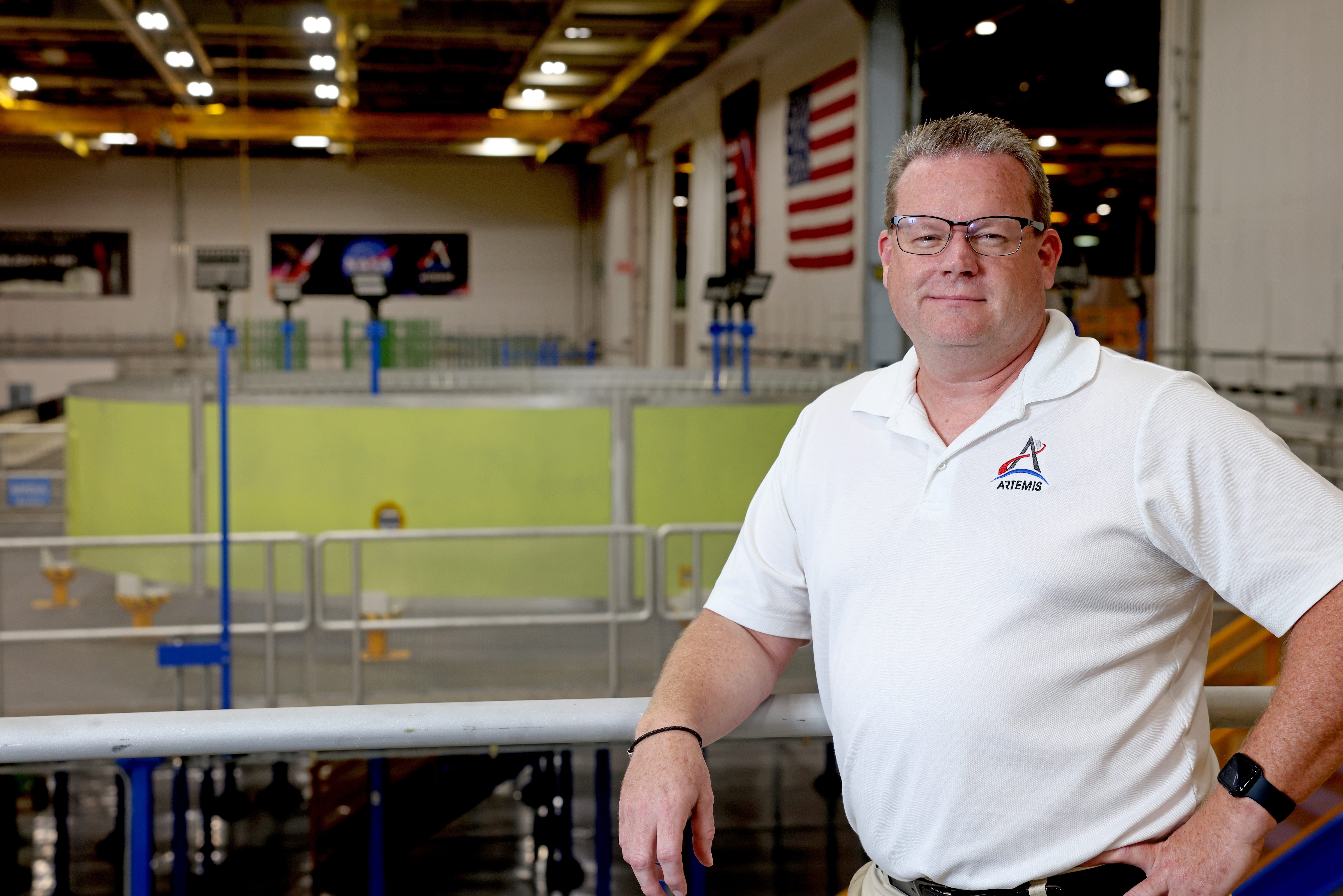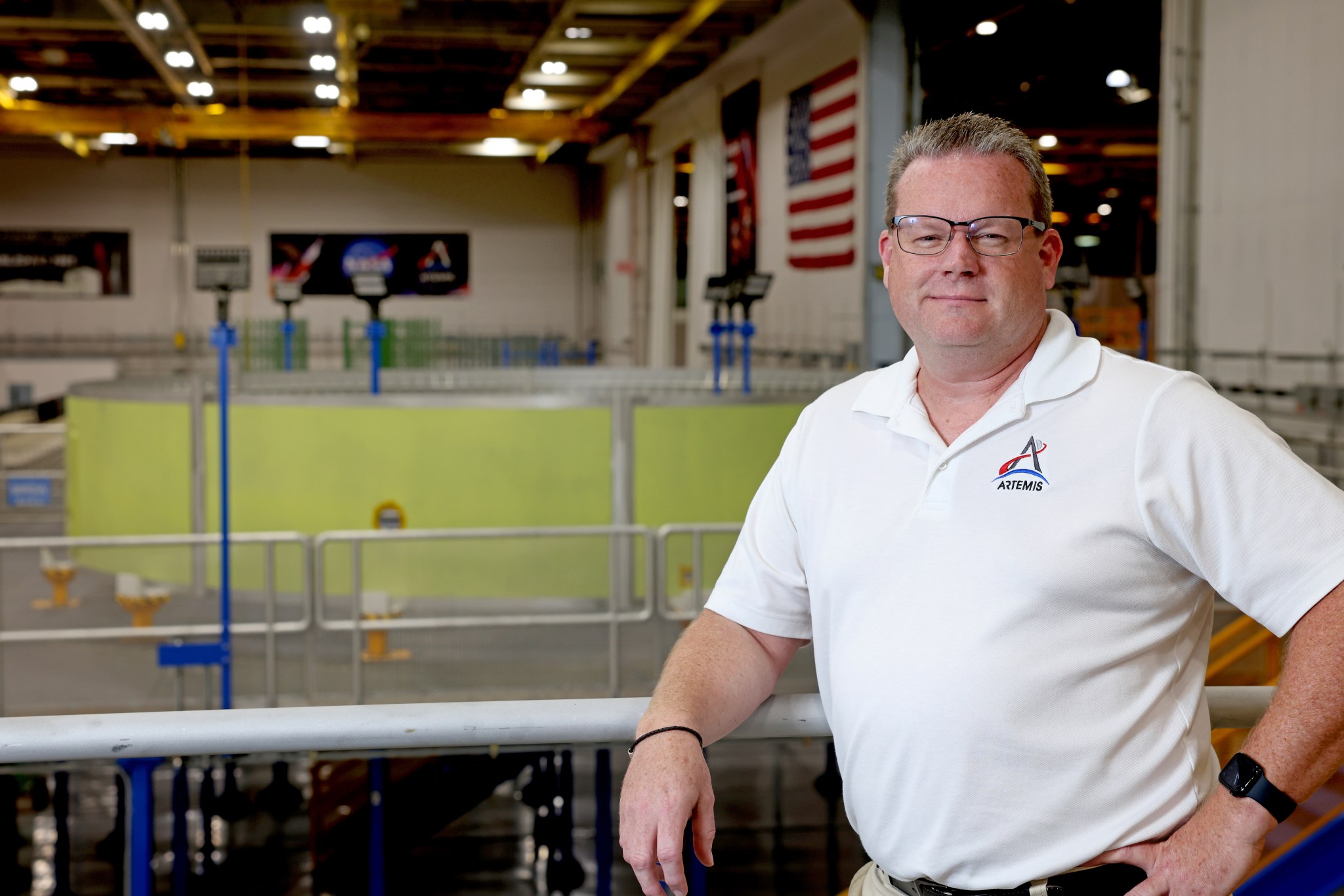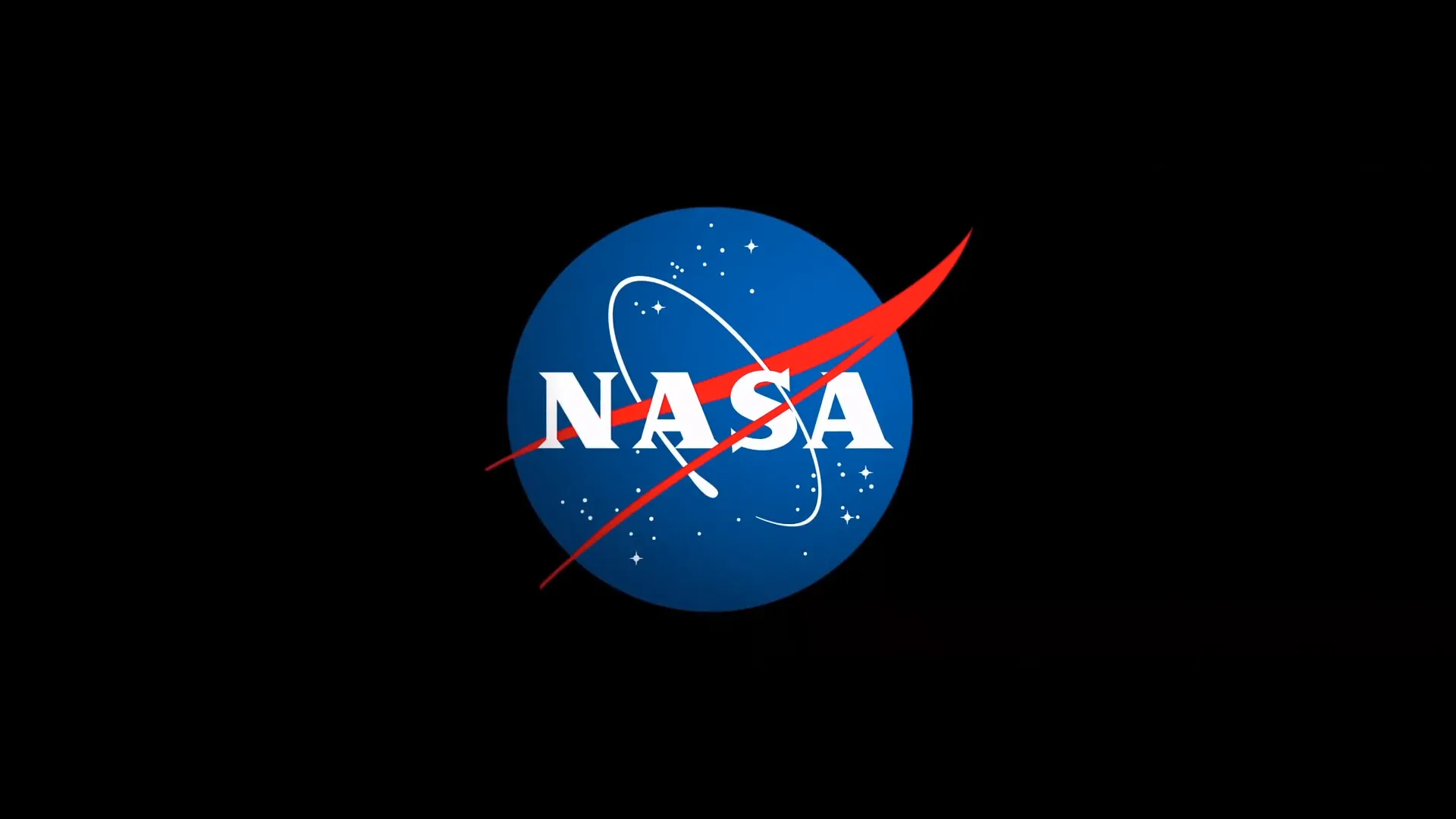I Am Artemis: Erick Holsonback
Whether he’s advising student robotic competitions or managing production of a powerful, new Moon rocket stage, Erick Holsonback meets technical challenges with enthusiasm. Holsonback, a Jacobs Technology employee, is subsystem manager for production and launch operations of the exploration upper stage (EUS) for NASA’s SLS (Space Launch System) rocket. SLS is NASA’s super heavy lift […]


Whether he’s advising student robotic competitions or managing production of a powerful, new Moon rocket stage, Erick Holsonback meets technical challenges with enthusiasm.
Holsonback, a Jacobs Technology employee, is subsystem manager for production and launch operations of the exploration upper stage (EUS) for NASA’s SLS (Space Launch System) rocket. SLS is NASA’s super heavy lift rocket that will launch the agency’s Artemis campaign to the Moon. The exploration upper stage is one of two upgrades to the SLS rocket as it evolves to the Block 1B variant for missions beginning with Artemis IV. Along with the rocket’s new universal stage adapter, the SLS rocket in its Block 1B configuration will be able to send 40% more payload to the Moon in a single launch.
Holsonback’s job stretches from setting up production for the future upper stage at NASA’s Michoud Assembly Facility in New Orleans, where it’s built, to preparing it for launch from the agency’s Kennedy Space Center in Florida.
“It’s exciting to be part of a capability that will send more crew and cargo to the Moon in a single launch than any other current rocket,” Holsonback said. “That’s going to make operations in the challenging space environment a lot simpler.”
Growing up in North Georgia, Holsonback remembers wanting to be an astronaut and turning street cars into hot rods. He figured he’d wind up in the auto industry, until Pratt & Whitney offered him a job working on space shuttle main engine turbomachinery straight out of college in 1997. He briefly left the space business but jumped at a chance to get back in with the SLS Program in 2016 at NASA’s Marshall Space Flight Center in Huntsville, Alabama.
“I wanted to come back and do rockets,” he recalled. “It gets in your blood. You’re part of something bigger that just yourself. Through Artemis, we are truly impacting the space program at its foundational level of how we are getting back to the Moon and to Mars.”
Holsonback’s enthusiasm for space challenges doesn’t end at the office door. In his free time, Holsonback has mentored and coached his two daughters’ technology challenge competitions. While the challenge is foremost a robotics contest, Holsonback is proud of the lessons in problem solving, technology, and project management he’s helped impart to the team along the way – which he likens to his NASA job.
You could say Erick Holsonback is working on the future personally as well as professionally, but it’s hard to beat working on a Moon rocket.
“I’ve had some great opportunities with NASA, but my current role is pretty amazing – getting to be part of building and launching,” he reflected. “I get to play a little part in the overall foundation work that is going to be part of the history of our country for years to come.”
NASA is working to land the first woman and first person of color on the Moon under Artemis. SLS is part of NASA’s backbone for deep space exploration, along with the Orion spacecraft, advanced spacesuits and rovers, the Gateway in orbit around the Moon, and commercial human landing systems. SLS is the only rocket that can send Orion, astronauts, and supplies to the Moon in a single launch.
What's Your Reaction?









































